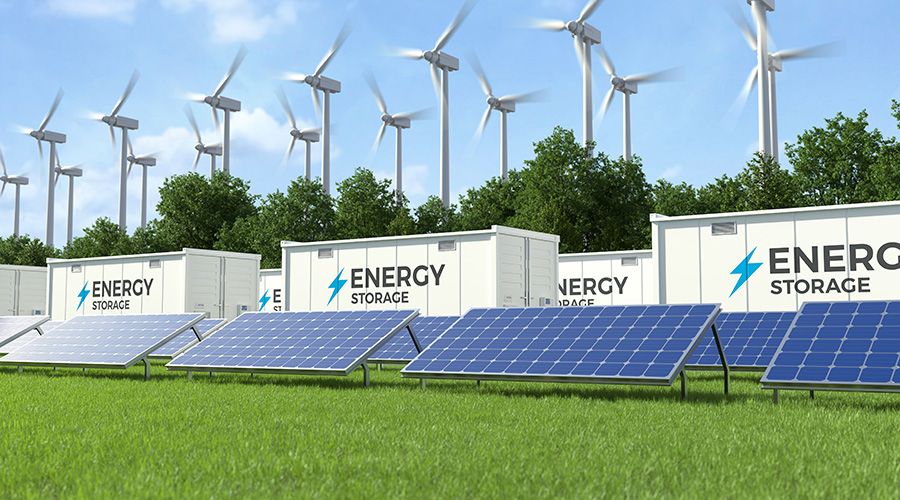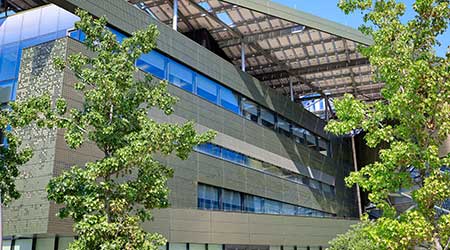Air Barriers Improve Energy Efficiency in Building Envelopes
Managers can investigate several design strategies for new and existing buildings in their efforts to provide a thermally efficient, reliable, and functional envelope.
Other than increasing the R-value of the wall system, the most effective way to increase energy efficiency is to provide an air barrier. Although introducing the air barrier into the wall system is easy, most air leaks typically occur at details.
Managers should not consider the air barrier merely a layer included in the wall system. Instead, it is an entire system that includes several materials and details to integrate with adjacent components. Proper detailing, material selection and installation of these transitions will help ensure a reliable air barrier.
Another consideration in revising the conventional wall system is making the air barrier, vapor retarder and backup waterproofing one component. Introducing this component requires installing the material on the exterior side of the sheathing so it can function as a waterproofing layer.
But because the vapor barrier is now on the wall’s outside surface, the insulation must move to the exterior in cold climates. Introducing rigid insulation on the outboard side of the wall studs will increase the wall thickness, but the resulting drop in occupant complaints and rise in energy savings will make up for lost square footage.
Managers will need to review and properly detail roof-system specifications based on the project’s conditions. Although the manufacturer’s standard section details might work in some cases, transitions and terminations must offer reliable protection against water leaks.
When an existing building experiences significant air leaks, it can be difficult to establish a reliable air barrier. The first step is to evaluate the building and determine the source of the leaks. If the leaks occur around windows, technicians can replace perimeter sealant, but depending on the wall system, this might not eliminate the leaks.
Related Topics:















